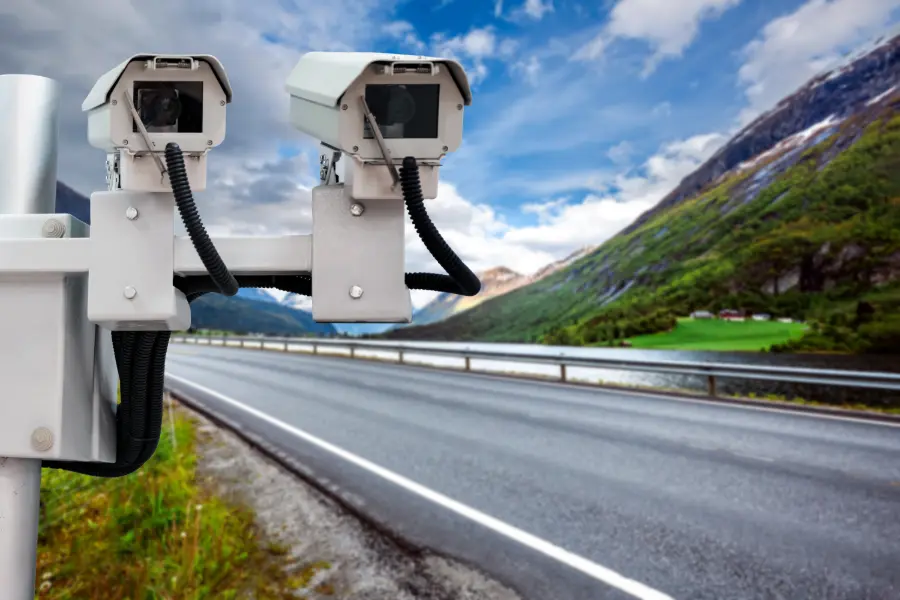
Do Speed Cameras Impact CVOR Safety Ratings?
Commercial Vehicle Operator Registration (CVOR) safety ratings are critical indicators of a carrier's safety performance in the transportation industry. These ratings are instrumental in ensuring the safety of both drivers and other road users. However, the influence of speed cameras on CVOR safety ratings is a topic of considerable debate. While speed cameras are implemented with the intention of improving road safety, their impact on CVOR safety ratings remains a subject of scrutiny. In this blog post, we'll delve into the relationship between speed cameras and CVOR safety ratings to understand their potential implications.
Understanding CVOR Safety Ratings:
CVOR safety ratings are assigned to carriers based on various factors, including vehicle maintenance, driver behavior, and compliance with regulations. These ratings are indicative of a carrier's commitment to safety and adherence to established protocols. A high CVOR safety rating reflects a strong safety record and compliance with industry standards, whereas a low rating may signal potential safety concerns.
Role of Speed Cameras:
Speed cameras are automated devices designed to detect and record vehicles exceeding the posted speed limit. They are deployed in various locations to deter speeding and promote road safety. The use of speed cameras is aimed at reducing accidents, minimizing injuries, and enhancing overall traffic safety. By enforcing speed limits, these cameras aim to encourage drivers to adhere to safe driving practices and reduce the risk of collisions.
Impact on CVOR Safety Ratings:
The relationship between speed cameras and CVOR safety ratings is complex and multifaceted. Proponents argue that the presence of speed cameras can lead to improved compliance with speed limits among commercial carriers, thereby contributing to enhanced road safety. By reducing speeding incidents, carriers may demonstrate a commitment to safety, potentially resulting in higher CVOR safety ratings.
Conversely, critics contend that speed cameras may unfairly penalize carriers for minor infractions, leading to undeservedly lower CVOR safety ratings. In some cases, drivers may inadvertently exceed the speed limit due to factors beyond their control, such as sudden changes in traffic conditions or road design flaws. As a result, these instances of speeding captured by speed cameras may not accurately reflect the carrier's overall safety performance.
Moreover, the impact of speed cameras on CVOR safety ratings may vary depending on the regulatory framework and enforcement practices in different jurisdictions. Some regions may prioritize speed enforcement as a key component of safety evaluations, while others may place greater emphasis on other factors, such as vehicle maintenance and driver training.
The relationship between speed cameras and CVOR safety ratings is a nuanced issue with implications for carriers, drivers, and road safety stakeholders. While speed cameras have the potential to contribute to improved compliance with speed limits and overall road safety, their impact on CVOR safety ratings warrants careful consideration. Balancing the need for effective speed enforcement with fair and equitable safety assessments is essential to ensure that carriers are accurately evaluated and incentivized to prioritize safety. Moving forward, continued research and dialogue are necessary to address these complexities and promote a safer transportation environment for all road users.